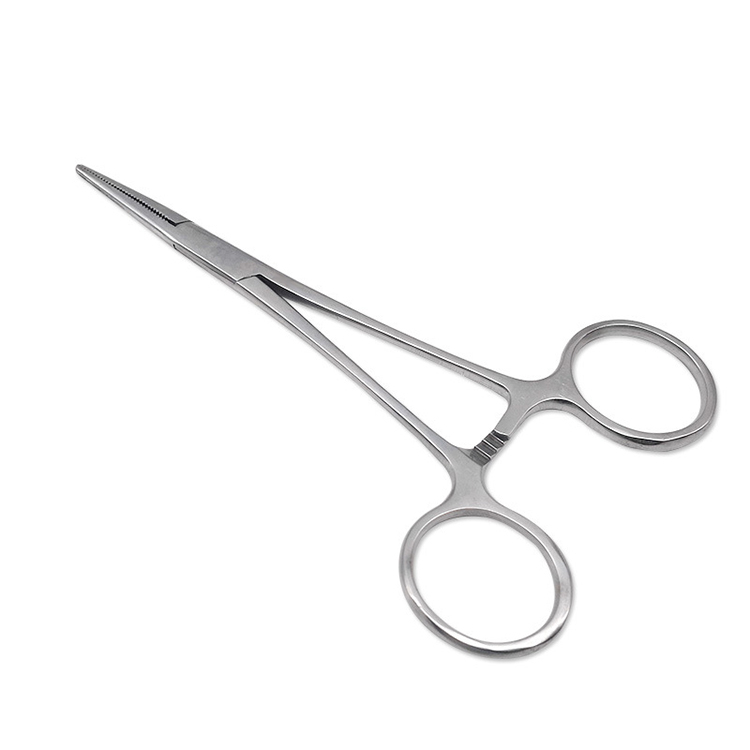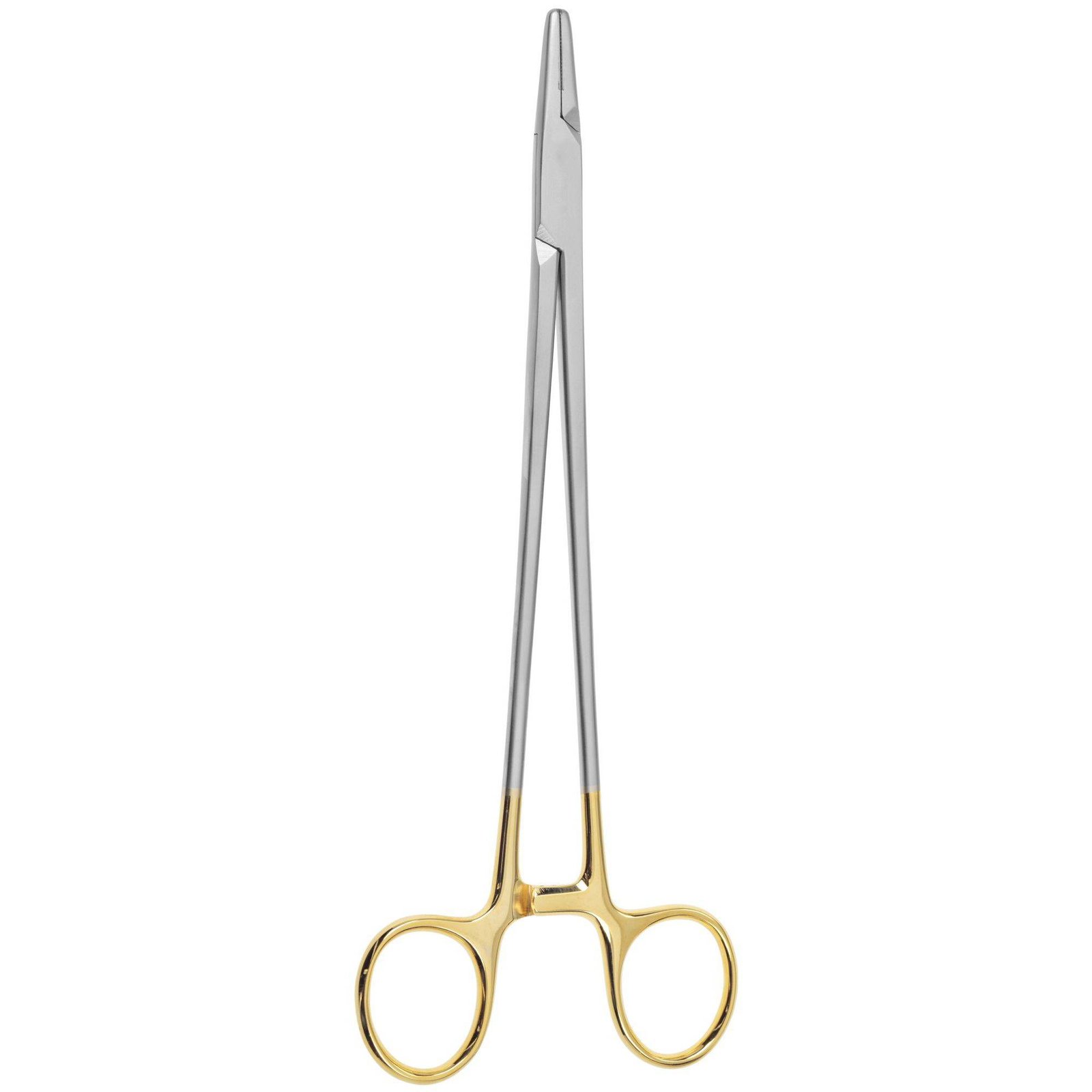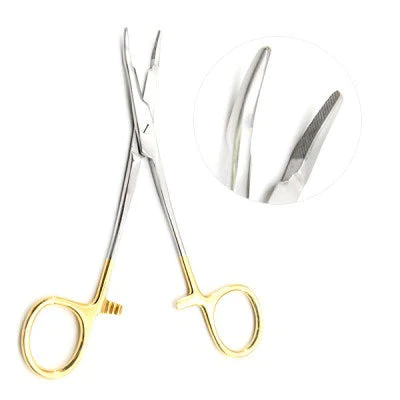Types of Hemostats in Surgery: A Comprehensive Breakdown

Types of Hemostats in Surgery:
Hemostats are indispensable surgical tools used to control bleeding and isolate tissues during procedures. However, they are not one-size-fits-all. Surgeons rely on multiple types of hemostatic forceps, each uniquely designed for specific vessel sizes, tissue types, and surgical techniques.
In this article, we’ll explore the different types of hemostats in surgery, how they function, when they’re used, and what makes them essential in surgical settings.
🔹 1. Mosquito Hemostats
Topical Concept: Small, delicate clamps designed for fine procedures.
Mosquito forceps are among the smallest in the hemostatic family. They’re often used in plastic, pediatric, ophthalmic, and other surgeries involving tiny blood vessels or delicate tissues.
- Entities: Halsted mosquito forceps, microvascular surgery, pediatric instruments
- Microsemantic Entities: fine serration, small jaw, curved tip, delicate grip, vessel sealing
- Keyword Variants: mosquito hemostat, mini clamp, small surgical forceps
Use Cases:
- Controlling capillary bleeding
- Minor surgical incisions
- Suturing assistance in tight spaces
🔹 2. Kelly Hemostats
Topical Concept: A medium-sized, general-purpose clamp.
The Kelly clamp is a standard tool in most surgical sets. With partial serration and a sturdy build, it’s used to occlude blood vessels or hold tissue during general procedures.
- Entities: Kelly clamp, general surgery, hemostatic clamp
- Microsemantic Entities: partial serration, curved profile, soft tissue grasp, multipurpose clamp, blunt jaw
- Keyword Variants: Kelly forceps, curved clamp, standard hemostat
Use Cases:
- Clamping medium-sized blood vessels
- Handling tissue in abdominal or orthopedic surgeries
- Dissecting fascia or connective tissue
🔹 3. Crile Hemostats
Topical Concept: Full-serrated clamp for stronger tissue grip.
Crile forceps are similar in size to Kelly clamps but differ by featuring full serration along the entire jaw. This allows for a stronger, more uniform grip, making them effective for more robust tissues.
- Entities: Crile forceps, artery clamp, surgical grasp
- Microsemantic Entities: complete serration, vessel control, curved or straight jaws, firm grip, moderate pressure
- Keyword Variants: Crile clamp, medium forceps, fully serrated hemostat
Use Cases:
- Clamping arteries during moderate bleeding
- Holding tough connective tissues
- Surgical dissection and isolation
🔹 4. Rochester-Pean Hemostats
Topical Concept: Long, heavy-duty clamp for deep surgical access.
Designed for large vessels and deep tissues, Rochester-Pean clamps feature a long jaw and wide grip. They’re essential in abdominal, thoracic, and trauma surgeries.
- Entities: Rochester forceps, surgical trauma tool, large tissue clamp
- Microsemantic Entities: deep reach, full-length serration, thick tissue control, abdominal surgery, trauma readiness
- Keyword Variants: Pean clamp, large vessel hemostat, long surgical clamp
Use Cases:
- Major vessel occlusion
- Holding thick tissues like muscle or fascia
- Deep surgical field retraction
🔹 5. Rochester-Carmalt Hemostats
Topical Concept: Secure grip for vascular bundles and pedicles.
Unlike other forceps, Rochester-Carmalt clamps have longitudinal grooves with cross-serrations at the tips, offering superior grip on slippery tissue.
- Entities: Carmalt forceps, gynecological clamp, vessel bundle sealer
- Microsemantic Entities: cross-serrated tip, smooth shaft, pedicle clamp, slip prevention, firm occlusion
- Keyword Variants: Carmalt clamp, surgical pedicle tool, large bundle clamp
Use Cases:
- Clamping vascular pedicles during hysterectomy
- Ligation in abdominal and pelvic procedures
- Controlling uterine or ovarian blood supply
🔹 6. Tonsil Hemostats (Schnidt Clamp)
Topical Concept: Long-shafted clamp for ENT and deep oral procedures.
Schnidt or tonsil hemostats are designed for deep dissection and clamping in procedures involving the throat, neck, or tonsils.
- Entities: Schnidt forceps, ENT surgery, tonsillectomy clamp
- Microsemantic Entities: narrow shaft, curved tip, deep access, ENT tool, flexible reach
- Keyword Variants: tonsil hemostat, deep clamp, ENT surgical clamp
Use Cases:
- Tonsillectomy
- Deep oral and neck surgeries
- Dissecting lymph nodes or glands
🔹 7. Right Angle (Mixter) Hemostats
Topical Concept: Angled clamp for threading and difficult angles.
The Mixter or right-angle clamp is a uniquely shaped tool that allows surgeons to reach vessels behind or around organs, ideal for threading sutures or ligatures.
- Entities: Mixter forceps, right-angle clamp, ligature dissection tool
- Microsemantic Entities: angled jaw, ligature threading, bypass clamp, narrow neck access, surgical tunnel
- Keyword Variants: right angle hemostat, Mixter clamp, dissection forceps
Use Cases:
- Tunneling under tissues
- Threading suture or vessel loop
- Clamping vessels behind anatomical structures
🧪 Comparison Chart
| Hemostat Type | Jaw Type | Best For | Size |
|---|---|---|---|
| Mosquito | Fine, full serration | Capillaries, pediatric surgery | Small |
| Kelly | Half serrated | General surgical use | Medium |
| Crile | Full serrated | Medium vessels, stronger grip | Medium |
| Rochester-Pean | Full serrated | Large tissue, abdominal surgery | Large/Long |
| Rochester-Carmalt | Longitudinal + tip | Vascular bundles, pedicles | Large/Long |
| Tonsil (Schnidt) | Curved tip, narrow | ENT, neck procedures | Long shaft |
| Right Angle (Mixter) | 90° angled | Dissection, threading | Medium-Long |
Frequently Asked Questions (FAQs)
1. What are hemostats used for during surgery?
Hemostats are used to clamp blood vessels and control bleeding, grasp tissues, or help with suturing during surgery.
2. Which type of hemostat is best for delicate surgeries?
Mosquito hemostats are best for delicate procedures involving small vessels or fragile tissues, such as in pediatrics or plastic surgery.
3. How do Kelly and Crile forceps differ?
Kelly clamps are partially serrated and more flexible, while Crile clamps are fully serrated, offering a firmer grip.
4. Why use a Rochester-Carmalt clamp over a Pean?
Carmalt clamps have longitudinal serrations for better grip on slippery tissues like vascular pedicles, whereas Pean clamps are better for general large tissue clamping.
5. Are all hemostats reusable?
No. While many are reusable and made from surgical-grade stainless steel, there are also disposable versions designed for single-use, especially in field operations or to prevent cross-contamination.
Final Thoughts
Hemostats come in a variety of forms, each tailored to a specific function in surgical settings—from delicate vessel control to major vascular occlusion. Understanding the differences between types of hemostats is crucial for surgical precision, patient safety, and procedural success.
Whether you’re a medical student, surgical tech, or practitioner, mastering the function and form of each hemostat type enhances your effectiveness in the operating room.




